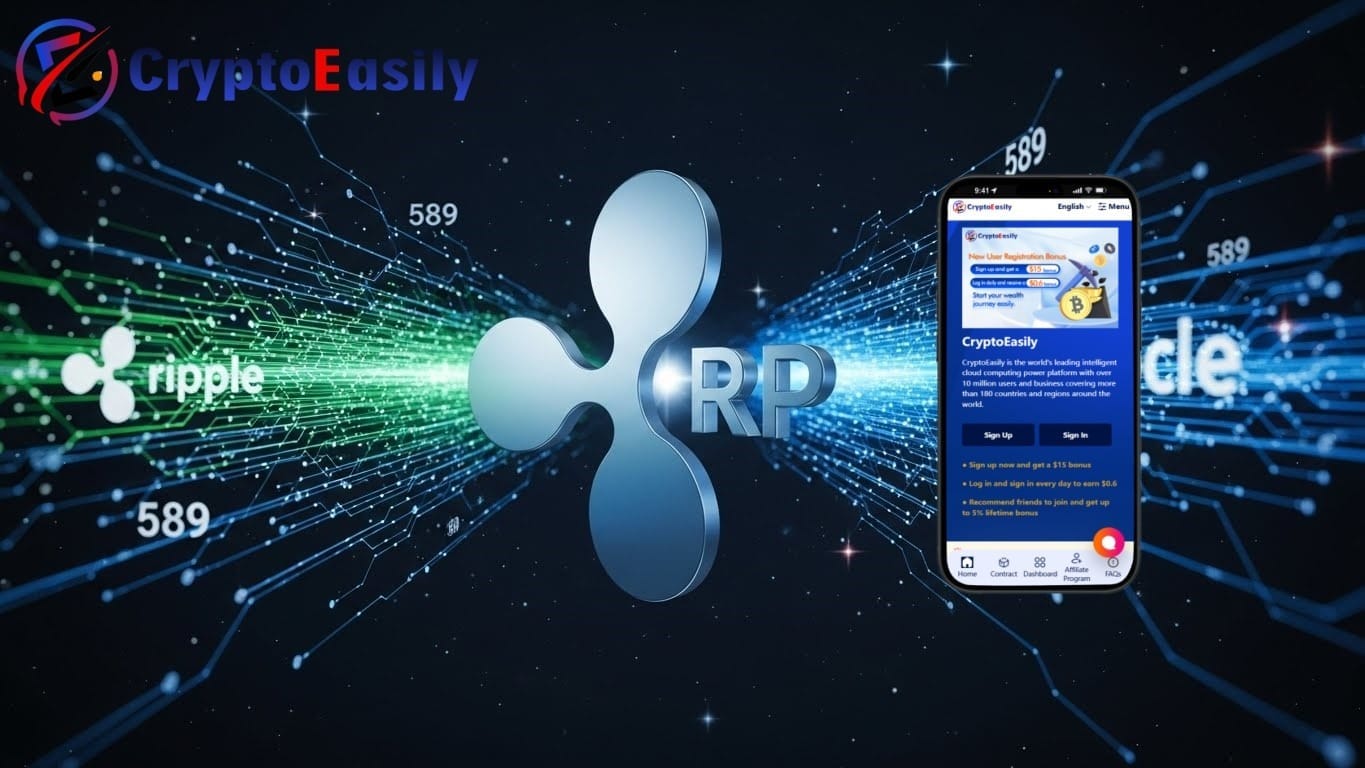Table of Contents
The global financial system is a bustling network of billions of transactions that occur every day, with payments seamlessly crossing borders in a complex dance. However, there are some underlying issues that need to be addressed - such as slow processing times, high fees, and outdated infrastructure. Introducing Project Ubin, an innovative initiative by the Monetary Authority of Singapore (MAS) that is set to transform the payment landscape.
Launched in 2016, Project Ubin set out to investigate the possibilities of blockchain technology for payments. Blockchain, a secure and distributed ledger system, offers the potential for faster settlements, increased transparency, and lower costs. Project Ubin was more than just a theoretical endeavor; it involved practical, hands-on exploration. The project consortium, consisting of renowned financial institutions and technology companies, worked together on a series of experiments, with each phase building upon the achievements of the previous one.
From Experimentation to Innovation: Notable Accomplishments of Project Ubin
The accomplishments of Project Ubin are truly remarkable. It effectively showcased the practicality of a tokenized Singapore dollar, a digital representation of the physical currency that has the potential to simplify interbank settlements. Picture the ability to transfer funds between banks almost instantly, without any of the usual delays or expenses that come with traditional methods.
The project also delved into the potential of blockchain for cross-border payments, a process known for its complexity. Project Ubin's prototype for a domestic multi-currency payments network suggests a future where sending money across borders becomes effortless, much like sending an email. This has the potential to greatly benefit both businesses and individuals, reducing transaction fees and speeding up payment processes.
The impact of Project Ubin goes beyond its technical achievements. It encouraged cooperation among industry participants, including banks, fintech companies, and technology providers, who were all striving for a more streamlined financial system. The spirit of collaboration is essential for the widespread adoption of blockchain technology in payments.
Expanding the Impact: The Ripple Effect Beyond Project Ubin
Project Ubin completed its formal experimentation phase in 2020. Nevertheless, its impact endures. The project's findings have provided a launching pad for additional innovation. Partior, a collaboration between DBS Bank, JP Morgan, and Temasek, utilizes blockchain technology to facilitate instant cross-border payments in multiple currencies.
Central banks worldwide are closely monitoring the progress of Project Ubin. The use of blockchain for central bank digital currencies (CBDCs) is becoming increasingly intriguing. CBDCs have the potential to bring about a range of benefits, such as increased financial inclusion and improved control over monetary policy. Project Ubin's groundbreaking efforts have opened up new avenues for the continued investigation of CBDCs.
The Path Forward: Obstacles and Possibilities
Although Project Ubin has made notable progress, there are still obstacles to overcome. Regulatory frameworks should be flexible enough to accommodate the growing use of blockchain-based payments. Scaling these solutions to handle a large number of daily transactions is another challenge. Considering security and promoting interoperability across various blockchain platforms are essential factors to consider.
Despite the obstacles, the future of payments unquestionably rests on innovation. Project Ubin has been a significant leap forward, showcasing the revolutionary possibilities of blockchain technology. With the industry's ongoing progress, we can anticipate a future where payments become faster, more affordable, and highly secure for all.








